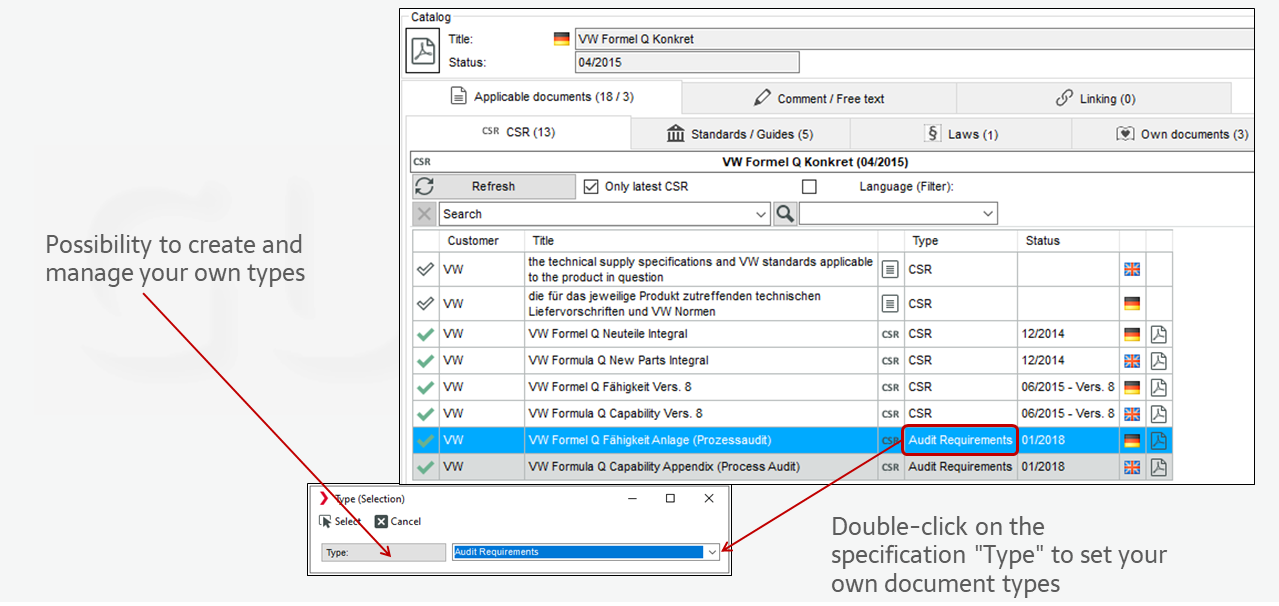

This application only runs on Windows 7 or later with Microsoft .NET-Framework (Version 4.6.2).
 May 2025
May 2025
 May 2025
May 2025
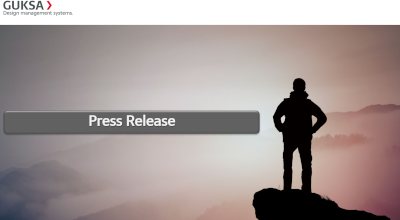 June 2023
June 2023
 April 2023
April 2023
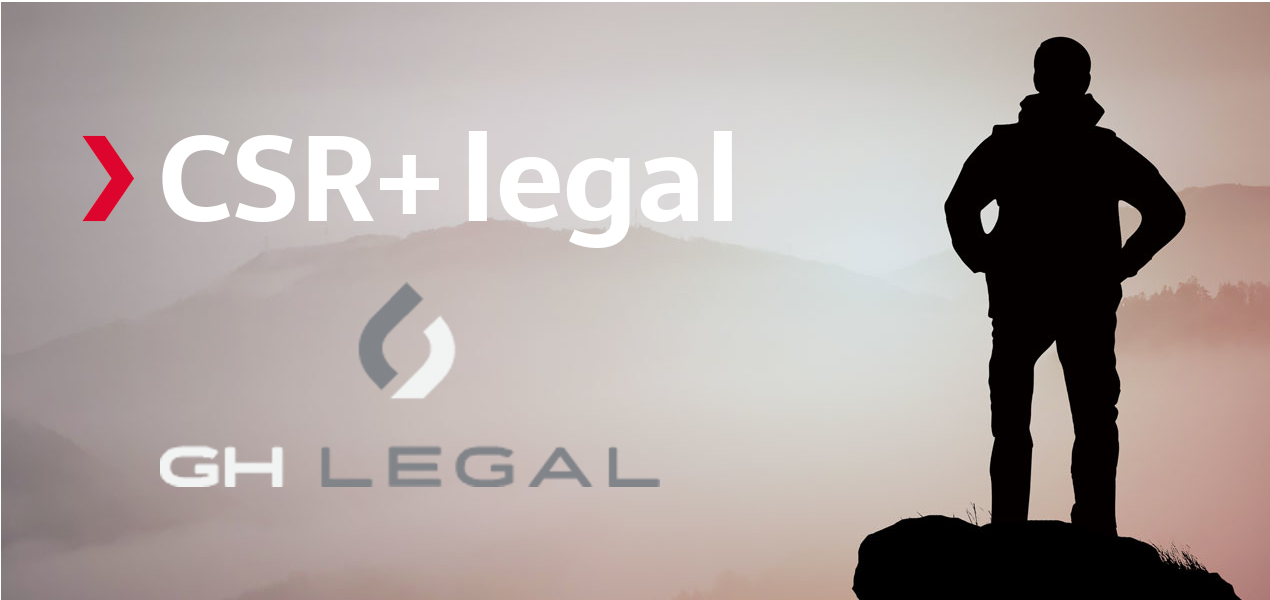 March 2023
March 2023
 January 2023
January 2023
 October 2021
October 2021
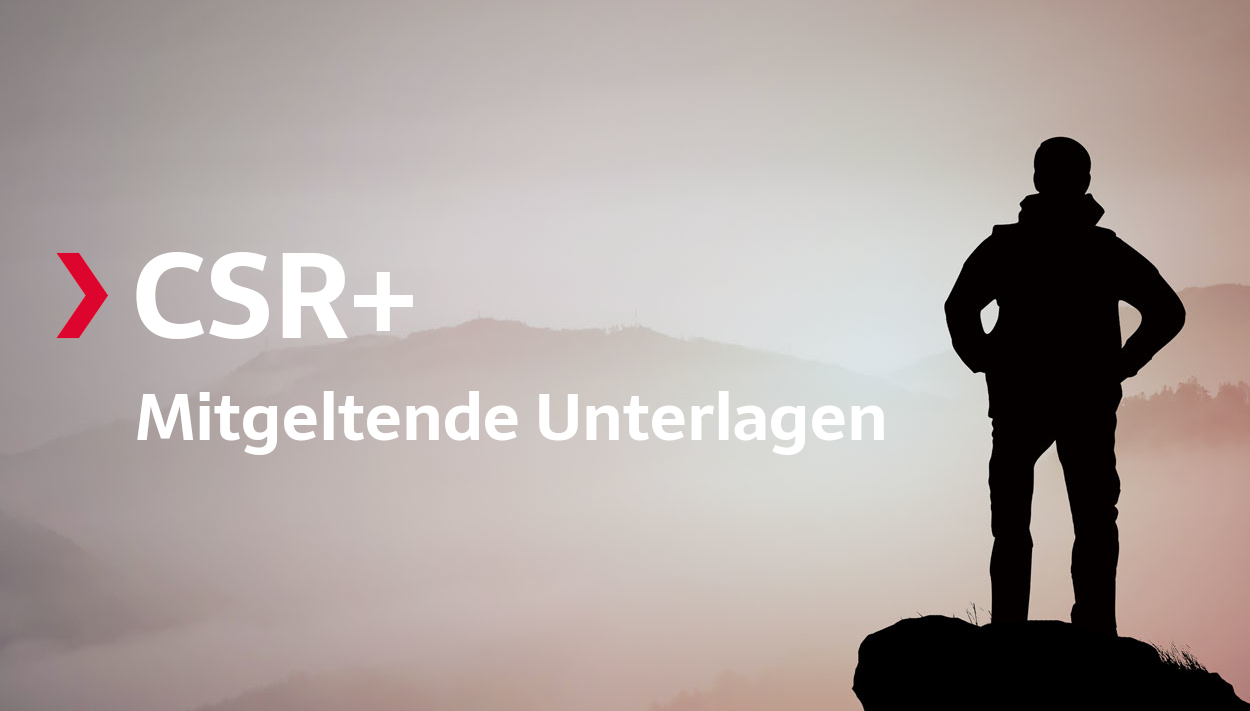 October 2021
October 2021
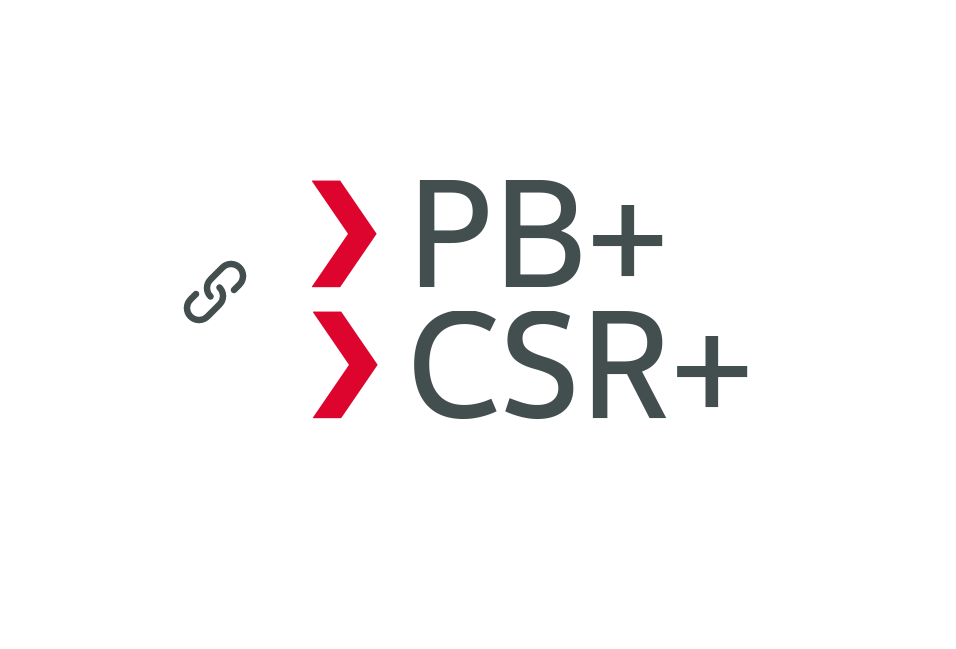 October 2020
October 2020
 April 2020
April 2020
 March 2020
March 2020
 January 2020
January 2020
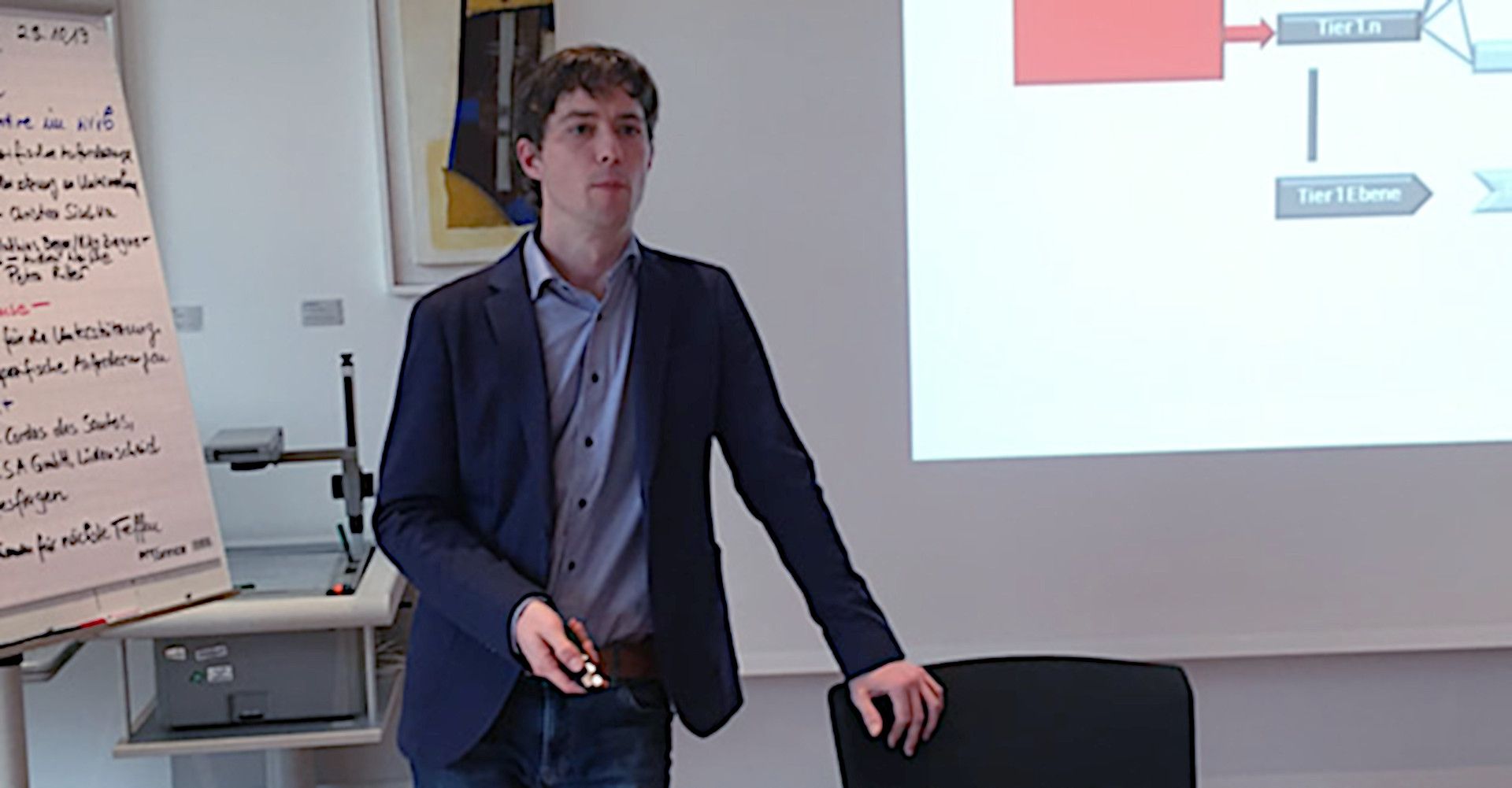 October 2019
October 2019
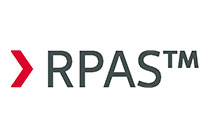 August 2019
August 2019
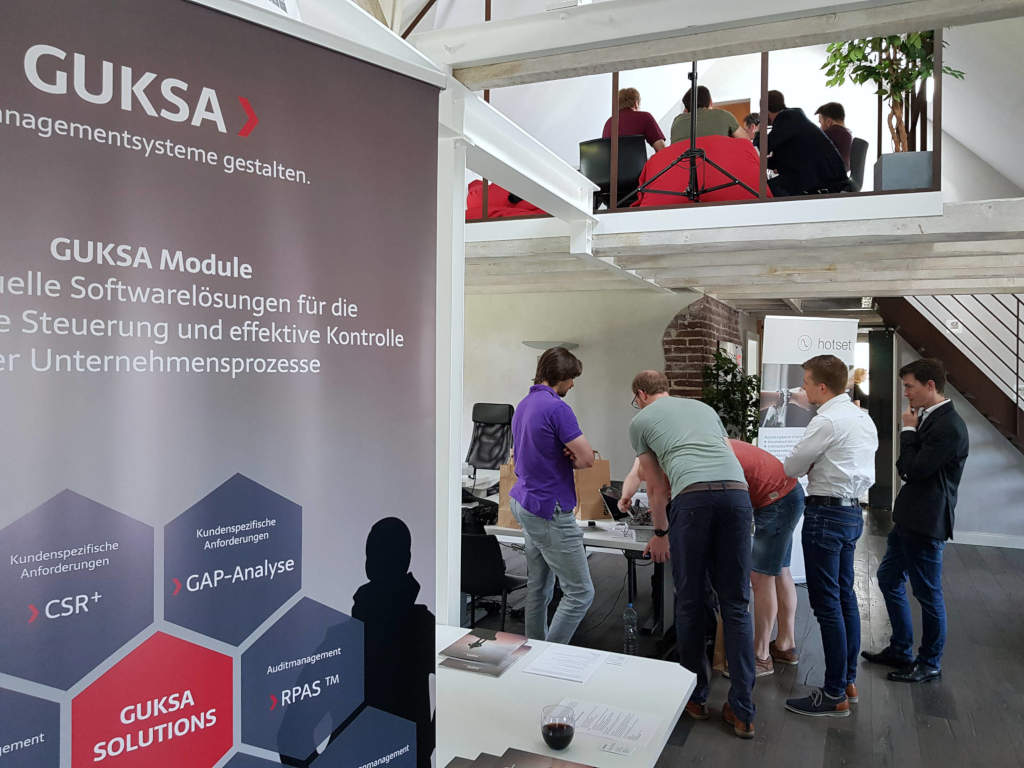 July 2019
July 2019
 June 2019
June 2019
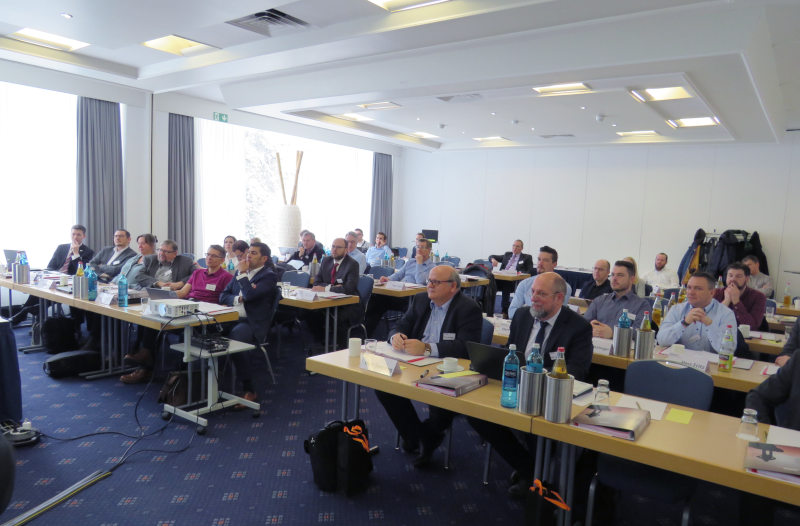 February 2019
February 2019
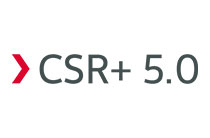 January 2019
January 2019
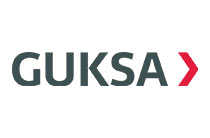 July 2017
July 2017
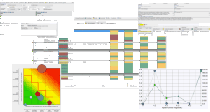 March 2017
March 2017
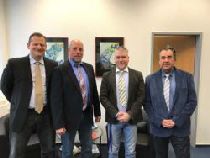 February 2017
February 2017
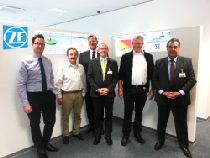 October 2016
October 2016
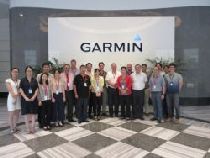 August 2016
August 2016
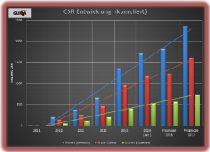 July 2016
July 2016
 May 2016
May 2016
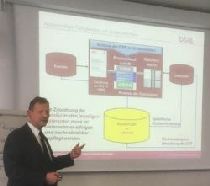 May 2016
May 2016
 March 2016
March 2016
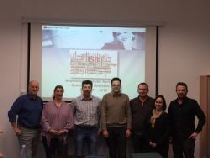 January 2016
January 2016
 January 2016
January 2016
 January 2016
January 2016



Applicable documents (AD) are documents that contain statements and regulations that are valid for the document under consideration (CSR) but are not detailed in the CSR itself, such as guidelines, standards and laws.
According to our cooperation partner Dr. Güneş from the law firm "Güneş & Hamdan Rechtsanwälte PartGmbB" as well as other experts, these are also to be considered as part of the contract with the respective customer.
Via the new >CSR+ function, we offer you a service by which applicable documents are determined for you and displayed in the software application. These include:
The overview of the applicable documents can be displayed via the catalogue overview as well as via the combination matrix.
In the catalogue overview, you can now determine the status of the applicable documents of a CSR at a glance using the corresponding icon.
If an e-mail icon is displayed instead of the document icon, no applicable documents are available for this document. By clicking on it, however, you can request the determination of these from us.
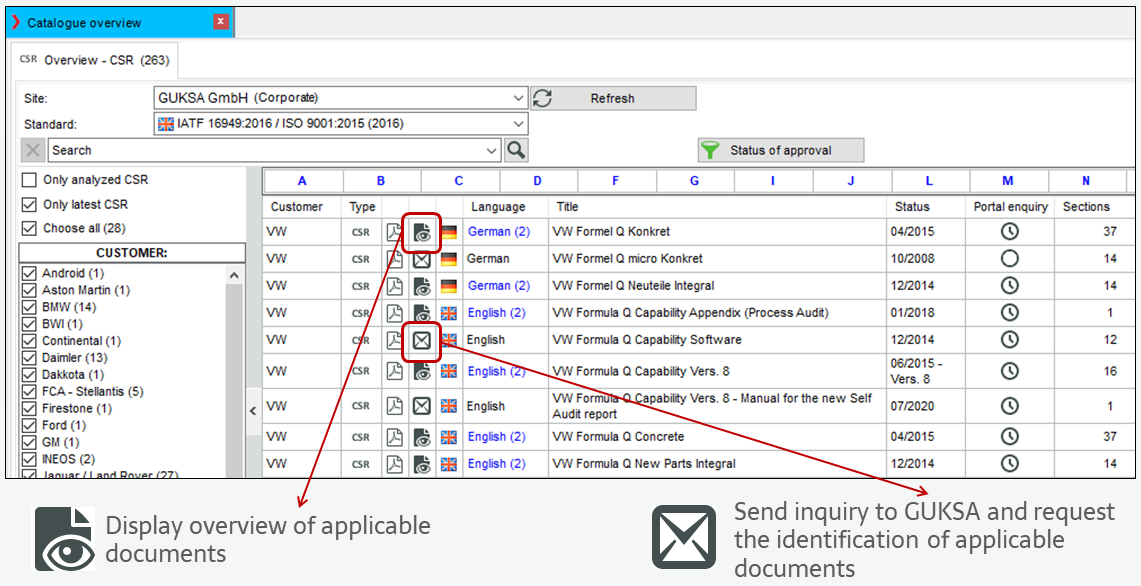
In the combination matrix, you can display the overview of the applicable documents for a selected document via the corresponding icon. This is displayed directly under the title of the CSR.
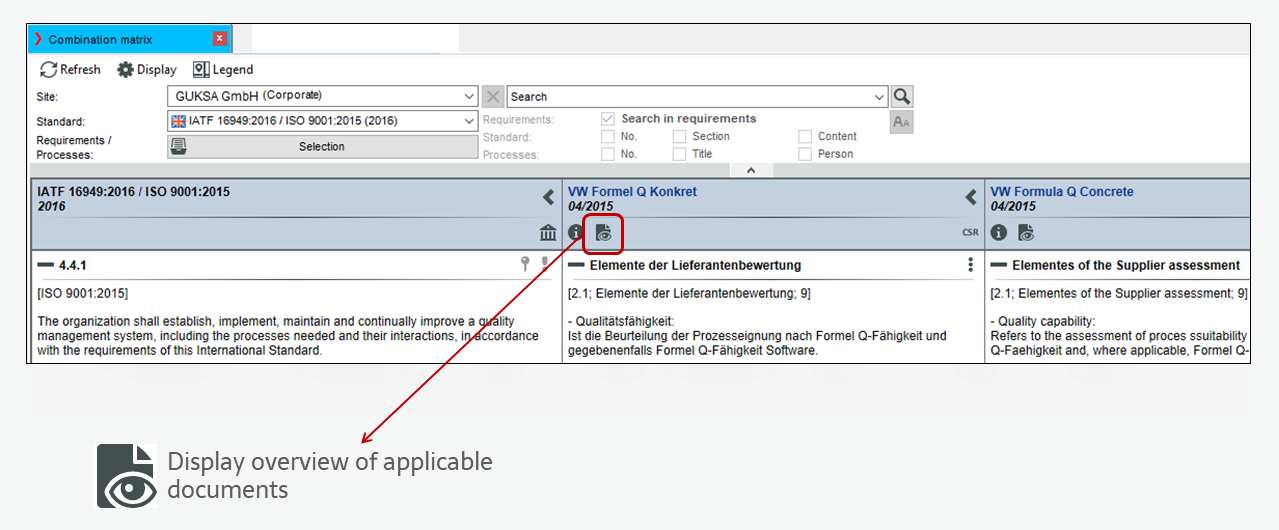
Click on the icon for applicable documents in the catalogue overview or combination matrix to open the corresponding overview for the selected document. The displayed AD are divided into three tabs according to their type.
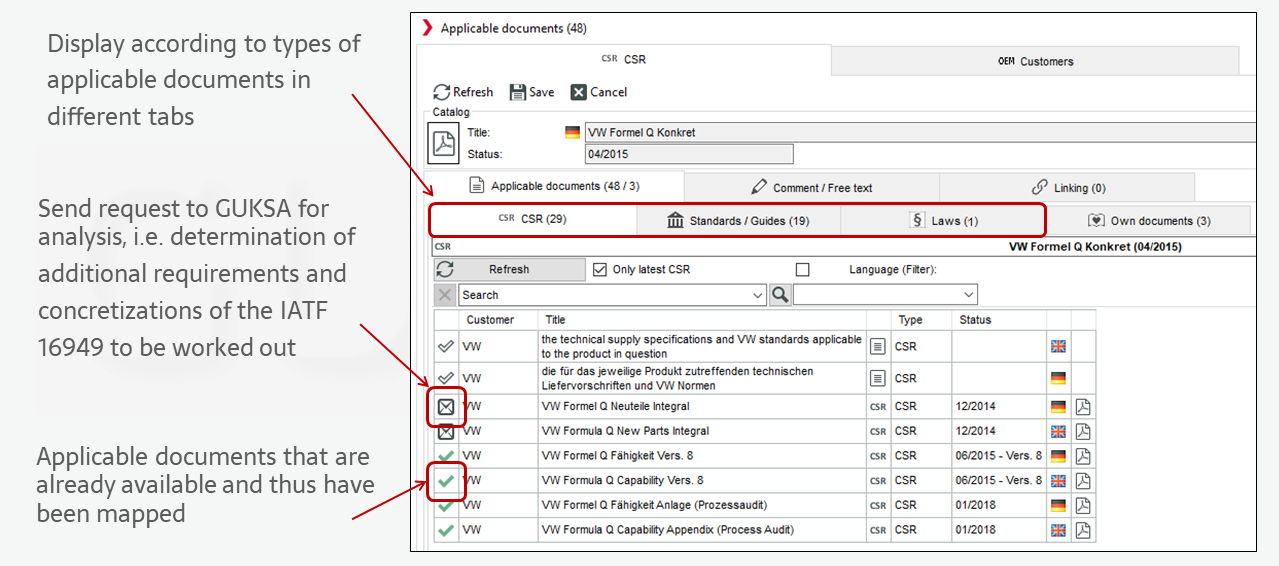
Using the icon to the left of the listed applicable documents, you can see whether the documents are already analyzed in our database.
If necessary, you can request the analysis or the activation of a document with just one click.
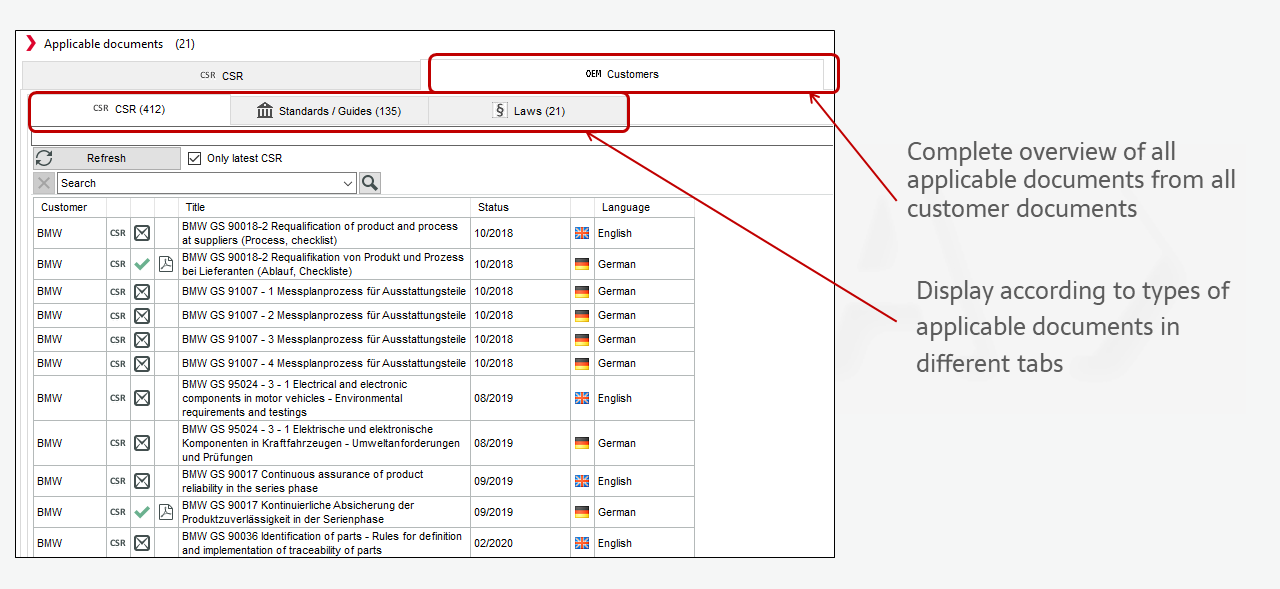
By switching to the parent tab in the overview of applicable documents, you can view all compiled AD of all customers/OEM subdivided by type.
You have the possibility to set custom document types for applicable documents and thus adapt the overview to your individual needs.
Simply contact us at
